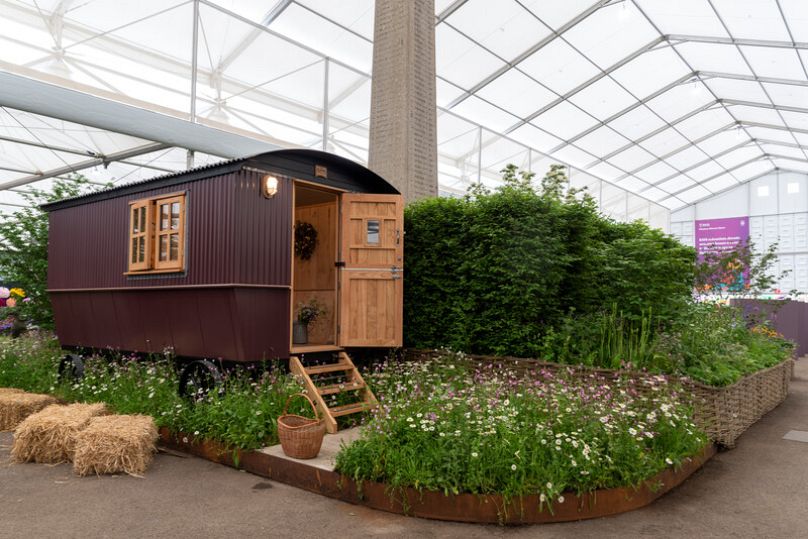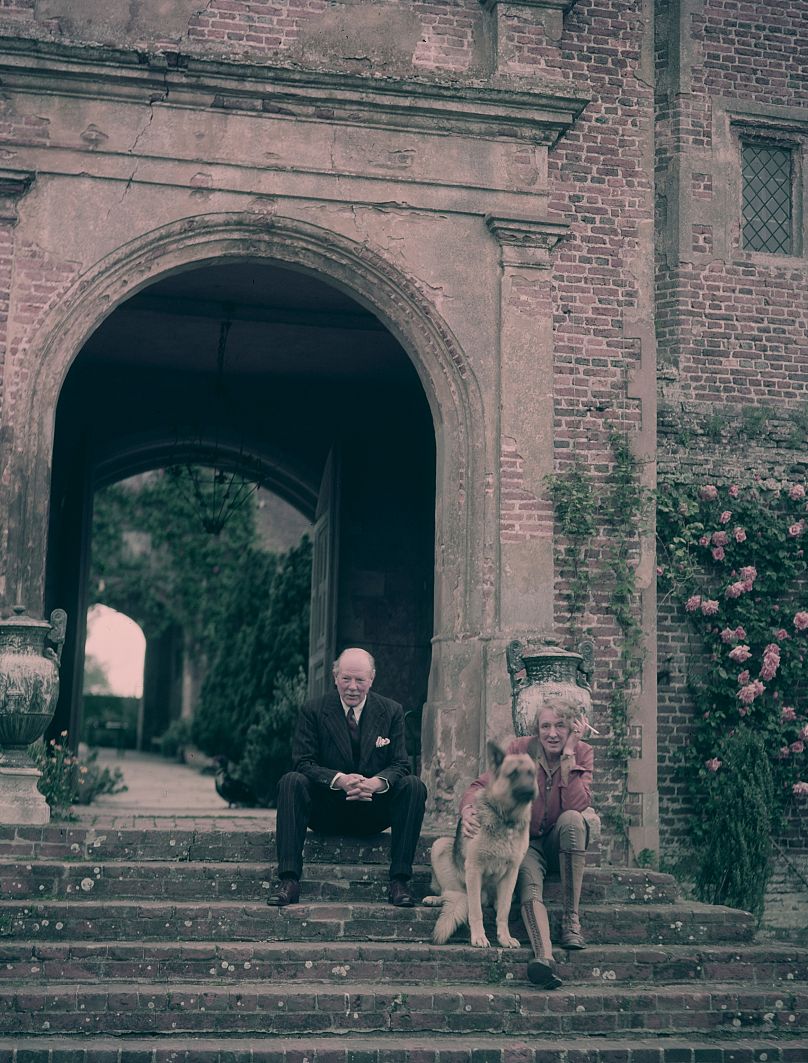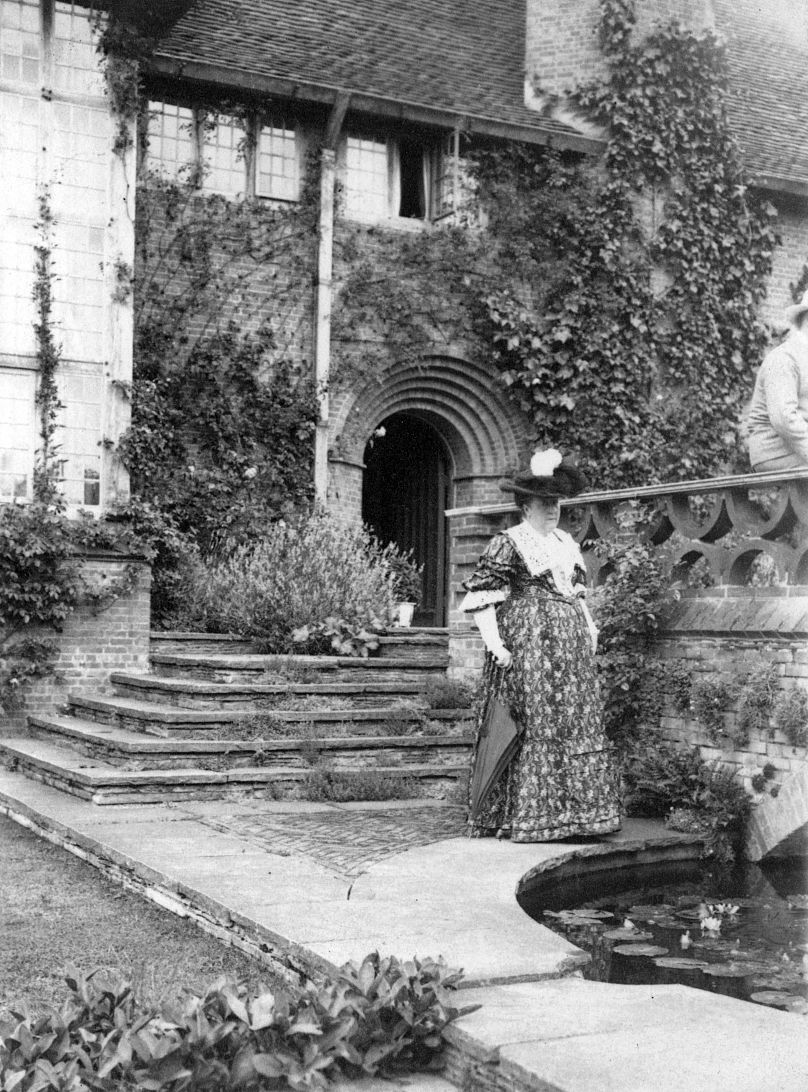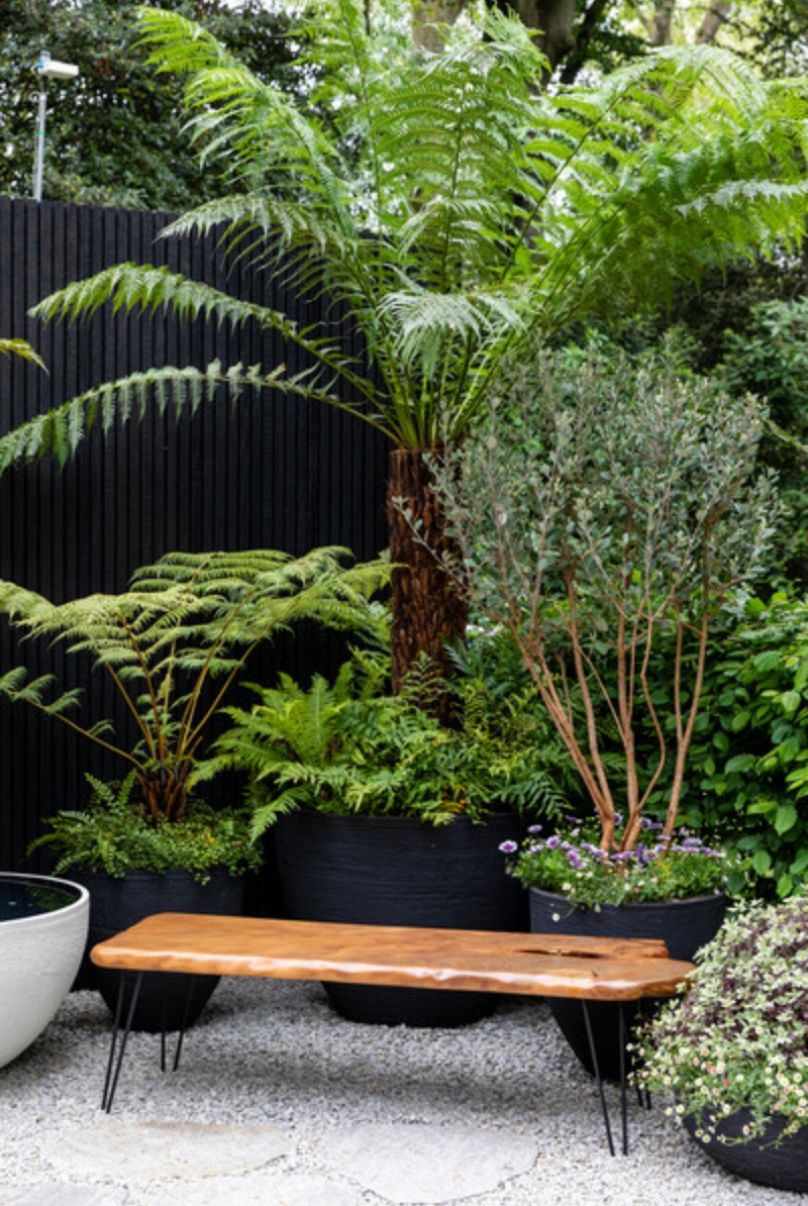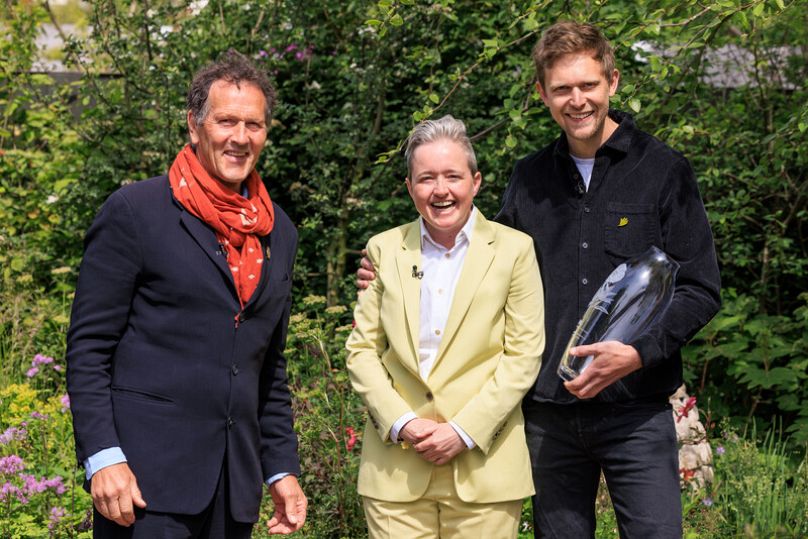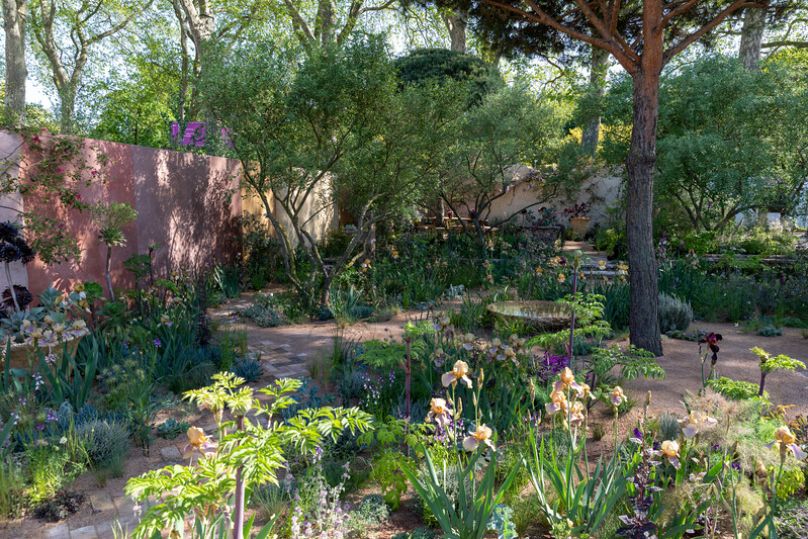2023's prestigious Flower Show put women at the forefront of its displays, including a celebration of female gardening pioneers from years past.
London was in full bloom last week as Chelsea Flower Show rolled into town in spectacular style. Female-led design was at the forefront of this year’s gardens, more than ever.
Historically, women have faced countless constraints in pursuing careers in horticulture - and the Royal Horticultural Society (or RHS), which hosts the Flower Show, used the event to shed, no pun intended, a light on female gardeners who have often been hidden from society but made significant achievements nonetheless.
For Chelsea 2023, the RHS commissioned Pollyanna Wilkinson to create a garden celebrating some of these ‘heroines of horticulture’ and it was situated so visitors to the show couldn’t miss it.
In the middle of the Great Pavilion, right in the centre of the Royal Hospital showground, Wilkinson’s design featured a bothy and traditional cottage garden plants and flowers, paying tribute to the women who shaped much of the development of horticulture as we know it today.
It’s not just famous gardeners - like Vita Sackville-West who created the iconic Sissinghurst Castle Garden in the South East of England in the early 20th century and Beth Chatto, whose naturalistic planting and wildlife-friendly gardens were considered unusual at the time, but are now replicated across gardens worldwide - but scientists, campaigners and artists too.
Botany was long considered one of the only appropriate sciences for women to study - that is until Carl Linnaeus’ identification of the ‘sexual system’ of plants saw the discipline thought of as ‘unseemly’ as a pastime for females.
Many women have fought against this discrimination and become pioneers in the science. They include Barbara McClintock, who was awarded the 1983 Nobel Prize in Physiology or Medicine for her work on the discovery of ‘jumping genes’ (or DNA passed from one plant to another), Elsie Wakefield, who published around 100 papers on fungi and plants and Janaki Ammal, who became the first woman in the United States to earn a PhD in the field of botany. She discovered, through her work on cross breeding, a variety of sugar cane that could grow well in her home country of India - and it's still widely cultivated to this day.
Some of the women celebrated in the exhibit have truly changed the face of the world’s ecosystem and protected the environment for today’s society.
Wangari Muta Maatha was the first Black African woman to be awarded a Nobel Peace Prize in 2004 after she founded The Green Belt Movement to help fight deforestation in Kenya. Her campaigning led to the planting of more than 20 million trees and inspired the creation of similar projects across the African continent.
Margaret Mee was a British botanical artist and campaigner and one of the first people to highlight the impact of large-scale mining and deforestation on the Amazon basin; she spent 30 years living in the area, while studying and defending the rainforest from destruction.
More traditional in her approach was American conservationist and women’s rights activist, Marjory Stoneman Douglas. She dedicated much of her life to defending the Everglades and encouraged women to become more involved in conservation, saying, “It is a woman’s business to be interested in the environment. It’s an extended form of housekeeping”.
Those of a more artistic bent are celebrated too. Gertrude Jekyll was known for her impressionist-style planting, creating more than 400 gardens over the course of her career. She was a key figure in the Arts and Crafts movement and her numerous books remain a source of inspiration for garden designers across the globe.
Marianne North’s illustrations of plants in the 19th century helped those studying horticulture to increase their knowledge and understanding of the field. She painted more than 900 species in her career, all while travelling solo around the world - a rare feat for the time.
Also celebrated at the Chelsea exhibit are Sarah Anne Drake, who illustrated 1,100 images for the Botanical Register in the early 19th century, and Beatrix Potter who was known for her conservation work of the Lake District as well as her world-renowned books.
Back in the modern day, women led the field at this year’s Flower Show.
One entire section, the Balcony and Container Gardens category, was back for a third year - and every design team behind the spaces were headed up by women.
The female designers all created small outdoor designs which aimed to inspire viewers with limited space and resources into improving their own gardens. Many of them also incorporated some of the biggest issues facing gardeners into their designs, including the use of drought-tolerant and easy-to-grow edible plants.
Rosemary Coldstream won the category with her container garden ‘Feels Like Home’. Inspired by her homeland of New Zealand, she used plants, colours and natural materials to create a green oasis, alongside handmade clay pots, charred timber cladding and a bench seat made from reclaimed, sustainably sourced kauri - an ancient New Zealand timber.
Many of the other women in the Balcony and Container garden section of the Flower Show also put sustainability at the forefront of their designs.
Duo Amelia Bouquet and Emilie Bausager made their Chelsea debut this year with The Platform Garden. The design was inspired by unused overground platform spaces in London and featured concrete bins as planters and ways to harvest rainwater; the garden will eventually be given a new home at a nearby station, ensuring nothing goes to waste.
Other highlights include Emma Tipping’s ‘Alight Here’ Balcony Garden, which offers a relaxing space designed with young professionals keen to escape the pressures of modern life in mind. Gini Denison-Pender’s collaboration with Philippa Craddock and Anna Garner sees the worlds of rainforests and children’s books collide in their balcony garden, 'The Doorstep Library Garden: Words Take You Places'.
Inclusivity was also a running theme in this category, with Camilla Windsor-Clive and Joanne Edmonds’ 'Hampden Stargardt Container Garden' a particular stand out - the calming container garden was designed as a sensory healing space for the visually impaired.
During the show, multi-award winning RHS Chelsea designer Paul Hervey-Brookes, who mentored the women in the category praised all of the creations, saying, “The Balcony and Container Gardens this year do not shy away from the big issues of the day and they demonstrate that even the smallest space can have a big impact,” adding, “From grow-your-own to climate resilience, they are packed full of ideas for visitors to try at home to help make their own spaces more productive, resilient, and restorative”.
While many of the other gardens across Chelsea Flower Show were designed by men, it was the work of two women and their teams which drew most praise at the prestigious event.
Horatio’s Garden, which won the best show garden award, was the first fully accessible garden to take the prize. It was created by Charlotte Harris and her design partner Hugo Bugg. Speaking after receiving the honour, Harris said, “It’s unbelievable and still sinking in. It’s a really special garden for us because of the nature of the charity. Horatio’s is a charity about gardens and how they help on journeys of healing and so it feels absolutely right that it should win Best in Show”.
Her win - along with Bugg - will likely propel her to even more success and inspire other women keen to get into gardening to pick up a spade or a hoe.
Sarah Price's Nurture Landscapes Garden is also sure to encourage women to get their hands dirty. Inspired by the paintings of Cedric Morris and the plants he collected and bred, Price's design featured striking bearded iris and painterly colours, like plums, mauves and creamy browns to create a distinctive palette.
Price’s garden was a favourite with visitors to Chelsea - as well as that of Monty Don. The famous gardener waxed lyrical about the space, saying it’s, “calm and poised, incredibly elegant, and I think very strong” - and that he plans to visit it every day until the end of the event. “I'm going to rush here to see it again, it really is that good”, Don said.
What’s next for women in horticulture? It looks like it’s destined to be a more inclusive world - and that’s agreed upon by Helena Pettit, the RHS Director of Gardens and Shows.
“There is much work to be done around increasing diversity in horticulture… we hope seeing these women create beautiful gardens at the world’s most famous flower show will inspire the next generation of female designers to pursue a career in horticulture”, she says. And with more women leading the gardening pack this year at Chelsea than ever, the future is bright for upcoming heroines of horticulture.












